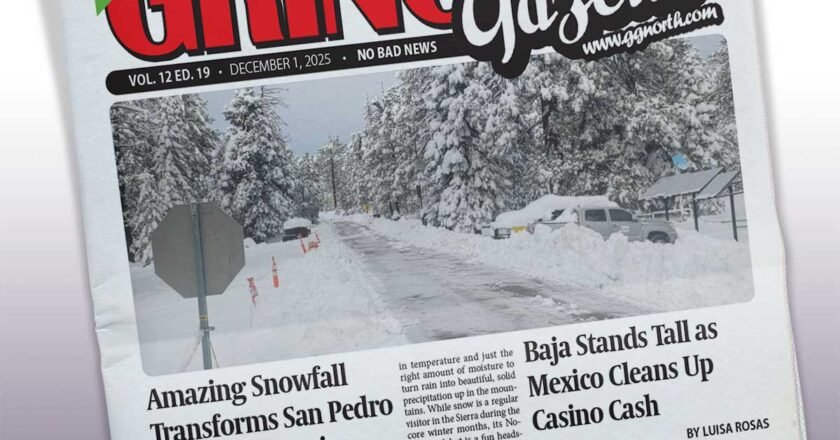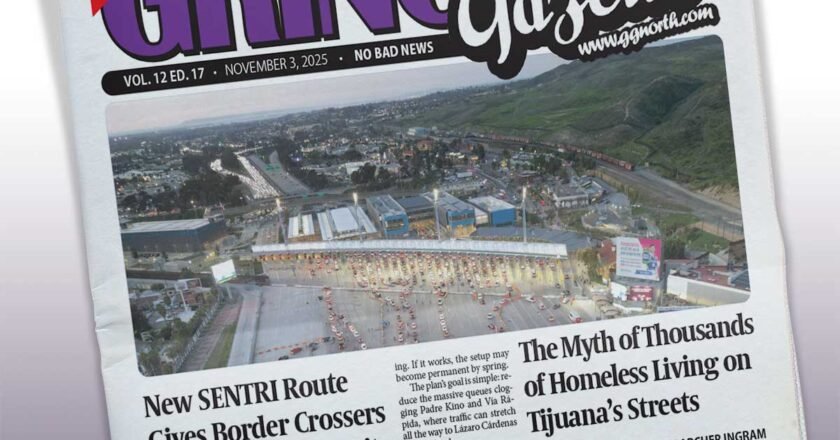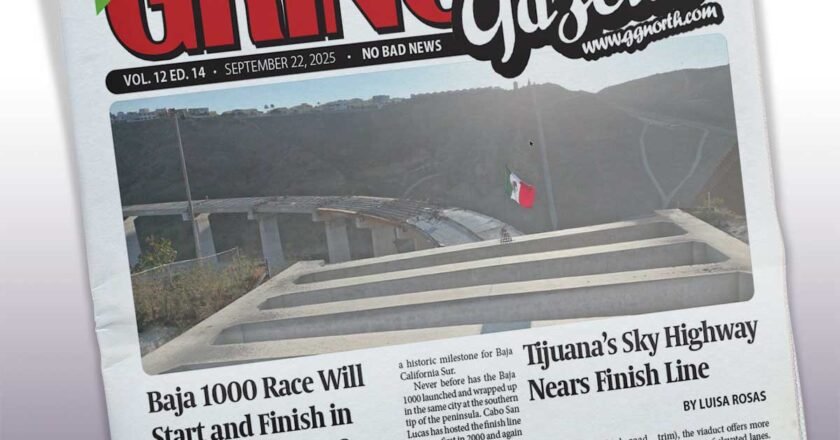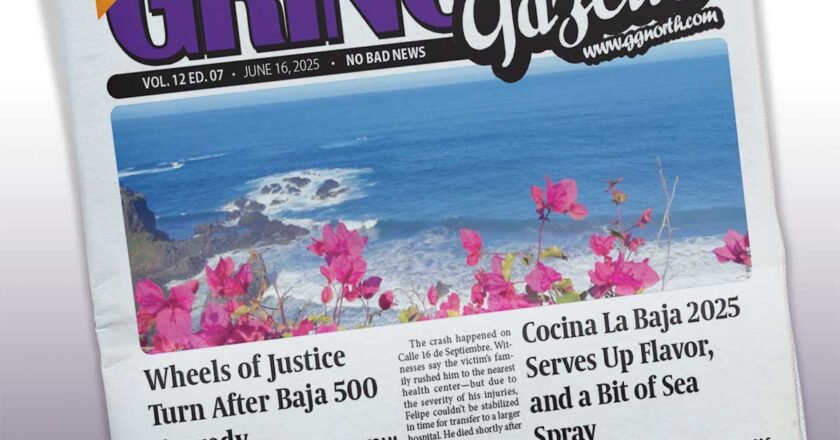How to download a PDF of this publication:1. Locate the icon toolbar at the bottom part of the newspaper window. …


How to download a PDF of this publication:1. Locate the icon toolbar at the bottom part of the newspaper window. …

How to download a PDF of this publication:1. Locate the icon toolbar at the bottom part of the newspaper window. …

How to download a PDF of this publication:1. Locate the icon toolbar at the bottom part of the newspaper window. …

How to download a PDF of this publication:1. Locate the icon toolbar at the bottom part of the newspaper window. …

How to download a PDF of this publication:1. Locate the icon toolbar at the bottom part of the newspaper window. …

Let’s Celebrate 30 Years of La Mision Children’s Fund BECA Scholarship Program BY Mary Beth DiCecco, Molly Post with Martina Dobesh …

How to download a PDF of this publication:1. Locate the icon toolbar at the bottom part of the newspaper window. …

How to download a PDF of this publication:1. Locate the icon toolbar at the bottom part of the newspaper window. …

How to download a PDF of this publication:1. Locate the icon toolbar at the bottom part of the newspaper window. …

How to download a PDF of this publication:1. Locate the icon toolbar at the bottom part of the newspaper window. …